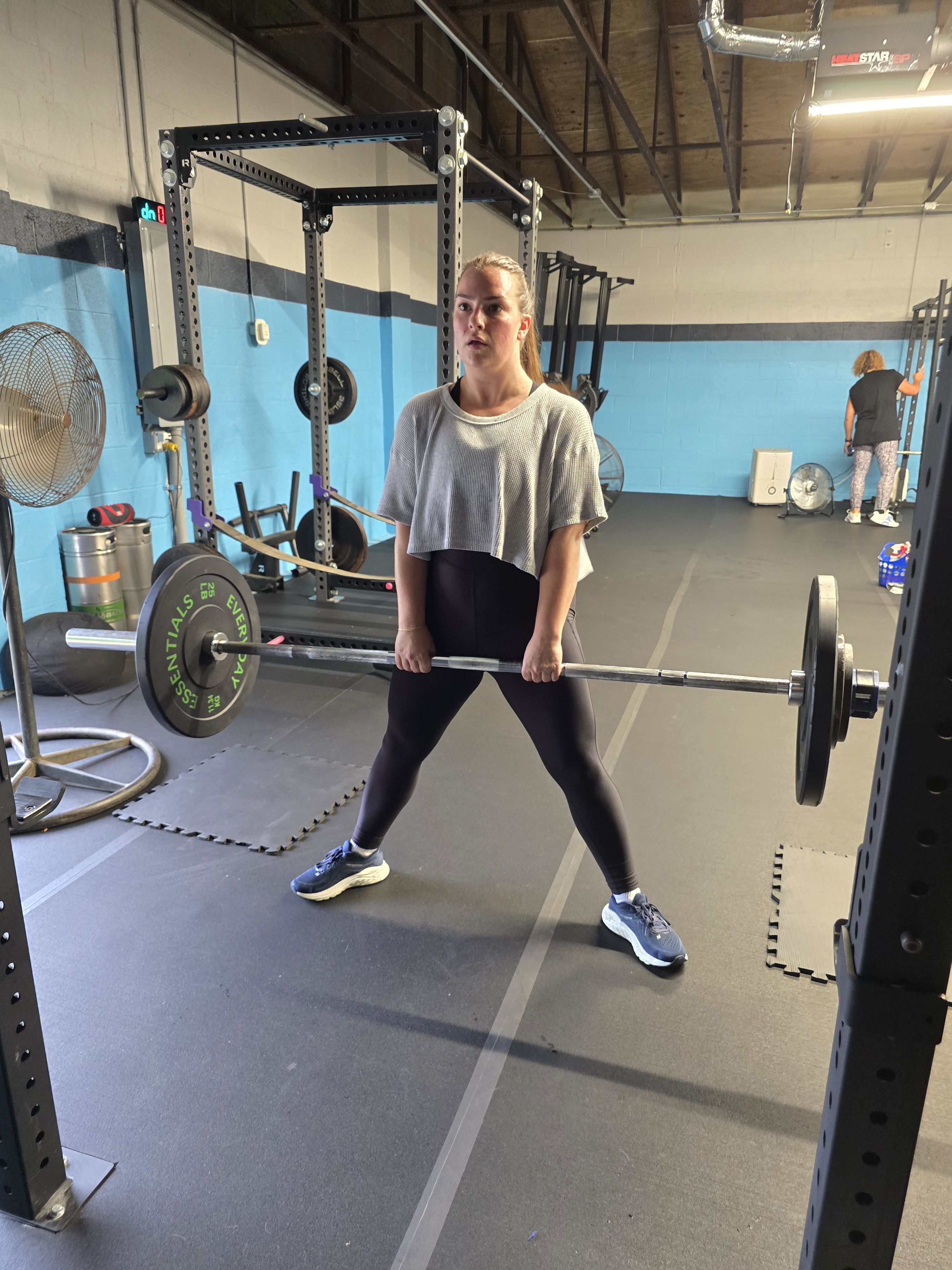What does it mean to be strong


When you hear the word “strong,” what comes to mind?
Maybe it’s someone deadlifting hundreds of pounds, or a CrossFitter doing a flurry of pull-ups. Maybe it’s an athlete, or a bodybuilder. But true strength isn’t about looking a certain way or lifting the heaviest weight in the gym. It's about what your body can do — and how that strength can help you live longer, move better, and enjoy life more.
Let’s dig into what it really means to be strong, how to know if you’re on track, and why building strength is one of the most important things you can do for your health — especially as you get older.
Strength is your body’s ability to produce force. It’s how you pick up your kids, move your couch, carry groceries, get off the floor, or walk up stairs. It’s more than a bench press PR. It’s the foundation of a functional, resilient body that can support you through every stage of life.
And here’s the kicker — strength isn’t just about physical performance. It’s one of the best predictors of longevity. Multiple studies show that people with higher levels of muscular strength live longer, have lower risk of chronic disease, and enjoy a better quality of life as they age.
Here’s a general guideline for what solid strength levels can look like based on bodyweight and age. These aren’t elite numbers — just strong, healthy benchmarks for the average person who trains consistently.
For Men
Age 30–39 (Bodyweight: 180 lbs)
Age 40–49
Age 50+
For Women
Age 30–39 (Bodyweight: 140 lbs)
Age 40–49
Age 50+
Note: These numbers are averages and should be adjusted for training history, injury status, and experience. You don’t need to hit these overnight — but they give you a roadmap to work toward.
Here’s why getting stronger matters more than just hitting numbers:
Being strong isn’t about ego. It’s about empowerment.
It's about being able to live a life that isn’t limited by your body — to play with your kids or grandkids, hike, travel, or simply move through your day without pain or fatigue. Whether you're 30 or 70, it's never too late to build strength.
And here's the best part — strength is trainable at any age. You just have to start.